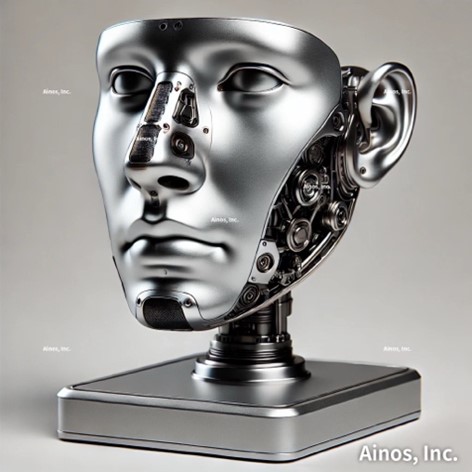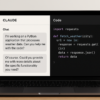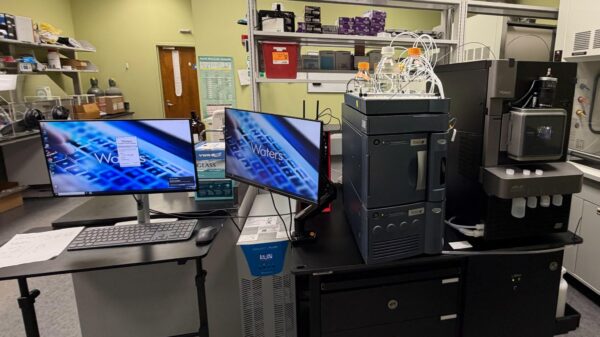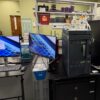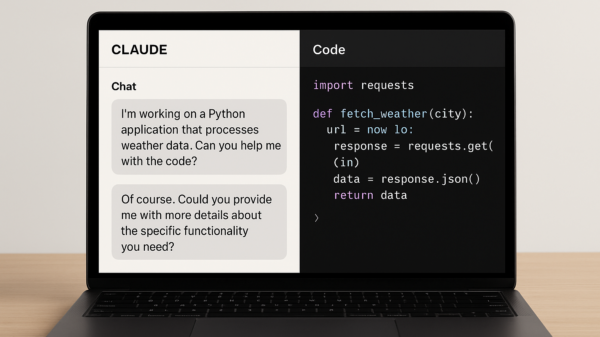It won’t be long before there’s a robot at your doctor’s office that can sniff you and tell if you have cancer.
Ainos, Inc. (NASDAQ: AIMD) installed its AI Nose olfaction module on a humanoid robot developed by Japanese robotics company, ugo, Inc.
The system uses a high-precision gas sensor array, real-time signal processing and advanced artificial intelligence algorithms to digitize and identifys a wide range of volatile organic compounds (VOC). These are then compiled into Smell Ids. This is then used to detect odours and environmental conditions in a way that mirrors human olfaction.
Ugo is widely recognized as Japan’s top-ranked service robot company. It deploys its robots across commercial buildings, security patrols, and facility automation. It combines its robotics engineering leadership with Ainos’ pioneering sensory AI to introduce a new class of intelligent robots. These bots perceive their environment not only through vision and sound but also through smell.
“We are proud to collaborate with ugo on this historic milestone – the world’s first robot with olfactory capabilities,” said Chun-Hsien (Eddy) Tsai, Chairman , President and CEO of Ainos.
“This marks a turning point for AI-powered sensing. With smell added to the sensory stack, robots can now understand their environments in ways previously reserved for living beings.”
Following the April 9 installation, Ainos and ugo have entered the next development phase, focusing on user interface (UI) design and backend integration. They are tuning sensory parameters and refining response logic, with projected completion in two to four weeks.
Read more: Breath Diagnostics pioneers novel lung cancer breath test
Read more: Breath Diagnostics takes aim at lung cancer with One Breath
The tech extends beyond medical options
The system will begin real-world tests in commercial and public spaces once its finished. These tests will feature real-time odour detection, safety alerts, and live data collection. The data will also support AI training and application development for security, elder care, and industrial use.
Ken Matsui, ugo’s CEO, think this is a major step for service robotics.
“Olfaction is a key missing piece in robot perception,” said Matsui.
“By integrating Ainos’ AI Nose, we’re giving our robots the missing sense – one that will transform how they navigate and interact with real-world spaces.”
Furthermore, the technology has extensions far beyond the medical field.
For example, in smart manufacturing it detects gas leaks, chemical anomalies, and process deviations in real time. It enhances workplace and facility safety by identifying hazardous odours or air contamination.
Consumer uses may include smart homes, pet care, food freshness, and wellness. By adding smell, robots gain a crucial missing sense—enabling truly multisensory AI and smarter, more intuitive decisions.
Artificial intelligence is transforming the medical field, with some of the most promising advances in early cancer detection. AI enhances imaging accuracy, streamlines diagnostics, and identifies patterns that human eyes may miss.
One area gaining traction is breath analysis.
Companies like Breath Diagnostics Inc. are pioneering non-invasive solutions with technologies such as OneBreath. This system detects volatile organic compounds (VOCs) in exhaled breath—biomarkers linked to lung and other cancers.
Similar to Ainos’s AI Nose technology, OneBreath captures complex scent data and processes it through AI and machine learning to pinpoint disease indicators.
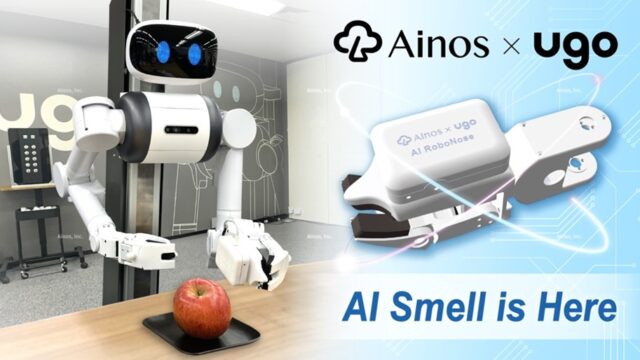
Sensing robots are a confluence of high-performance technologies
This new robotics breakthrough is a perfect convergence of a number of different industries.
The robotics industry is growing at an explosive rate. That’s primarily driven by advances in artificial intelligence and expanding use across sectors.
Fortune Business Insights expects the global robotics market to grow from USD$100.59 billion in 2025 to USD$178.63 billion by 2030, representing a compound annual growth rate (CAGR) of 12.17 per cent. This surge reflects rising demand for automation, efficiency, and intelligent systems in industries ranging from manufacturing to healthcare.
Industrial robots continue to play a vital role in global production. In 2023, companies installed 541,302 industrial robots worldwide, which is the second-highest number ever recorded. Furthermore, the International Federation of Robotics reports that 70 per cent of those installations occurred in Asia.
Meanwhile, Coherent Market Insights forecasts the market for humanoid robots will expand at an exponential rate. Furthermore, this segment will grow from USD$2.9 billion in 2024 to USD$46.31 billion by 2031, with a staggering CAGR of 48.6 per cent.
The convergence of robotics and AI is also fuelling this growth. It’s mostly because humanoid systems are becoming more capable of interacting in human environments and performing complex tasks.
Another rapidly emerging trend is the development of smell technology.
Additionally, electronic noses are becoming a crucial component in robotics, enabling machines to detect and interpret odours in real-time.
Fortune Business Insights projects the electronic nose market will expand from USD$26.04 billion in 2024 to USD$65.79 billion by 2031. Additionally, the growth rate there is a CAGR of 14.2 per cent.
.
Follow Joseph Morton on Twitter
joseph@mugglehead.com

